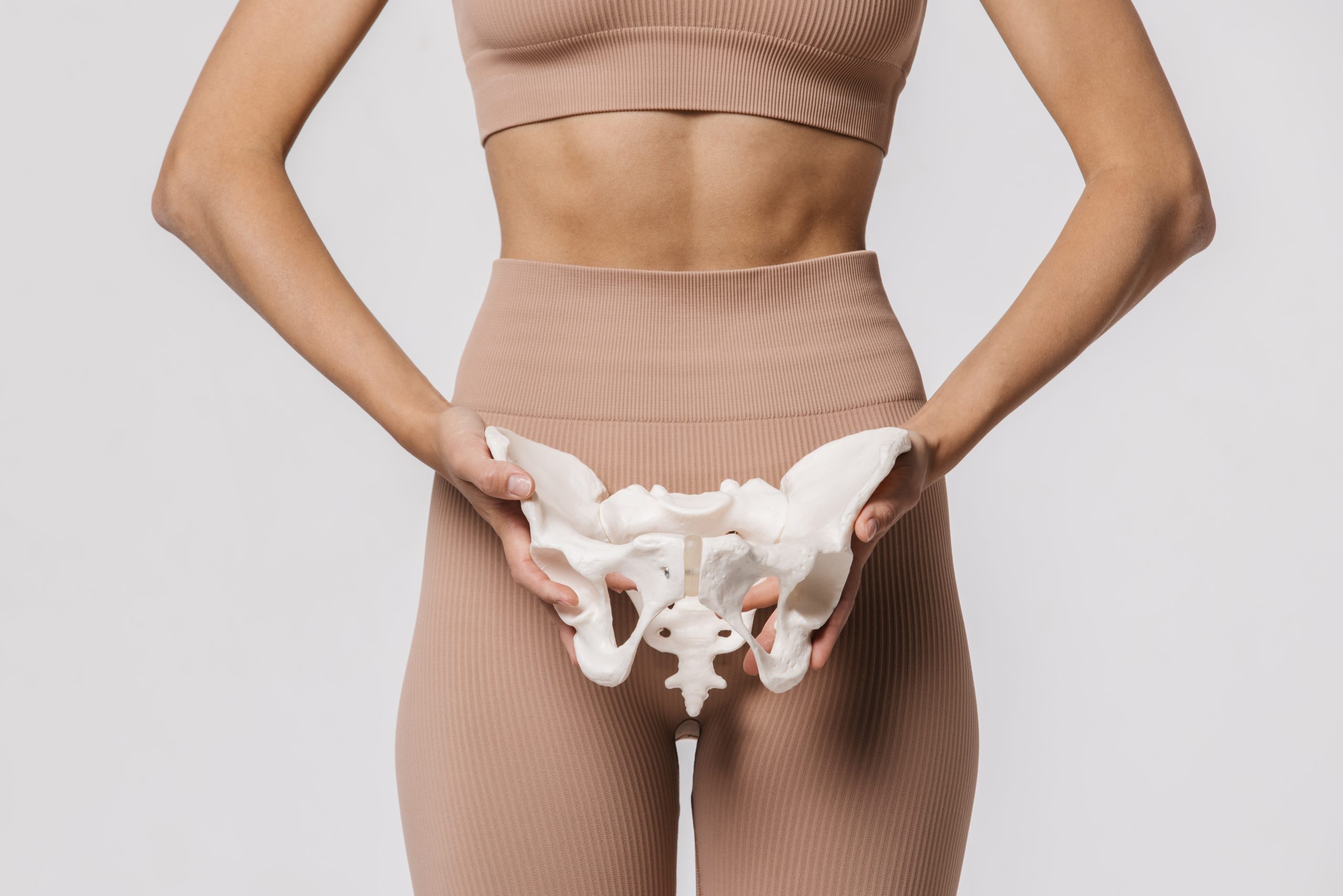
Overactive Bladder: Causes, Symptoms, and Treatment
Overactive bladder (OAB) is a common condition that affects millions of people across the world, especially women. It is characterized by symptoms of frequency, urgency, and urge incontinence, which can significantly impact a person’s quality of life. In this blog post, we will discuss the basics of OAB, its symptoms, and the available treatment options.
What is Overactive Bladder?
Overactive bladder is a urological condition that causes a sudden and intense urge to urinate, often leading to involuntary leakage of urine. It is a type of urinary incontinence that affects both men and women, but it is more common in women.
The bladder is a muscular organ that stores urine until it is time to be emptied. In people with OAB, the bladder muscle contracts involuntarily, causing the urge to urinate, even when the bladder is not full. This can lead to frequent urination, a sudden urge to urinate, and in some cases, incontinence.
It is important to note that there are different types of incontinence. Urge incontinence is caused by muscle spasms in the bladder. Stress incontinence is leakage that occurs with events such as coughing, sneezing, lifting, straining, exercising, or even with intercourse. This type of incontinence is caused by weakness in the urethra. The treatment options are different for each type of incontinence.
Symptoms of Overactive Bladder
The symptoms of OAB can vary from person to person, but the most common ones include:
- Frequent urination: This is when a person has to urinate more than eight times a day.
- Urgency: This is an intense and sudden urge to urinate that cannot be postponed.
- Urge incontinence: This is the involuntary leakage of urine that occurs after the sudden urge to urinate.
- Nocturia: This is when a person has to wake up more than twice a night to urinate. These symptoms can significantly affect a person’s quality of life, leading to anxiety, depression, and social isolation.
Causes of Overactive Bladder
The exact cause of OAB is not known, but several factors can contribute to its development. These include:
- Aging: As people age, the muscles that control the bladder weaken, leading to OAB.
- Neurological disorders: Conditions that affect the nervous system, such as Parkinson’s disease, multiple sclerosis, and stroke, can damage the nerves that control the bladder, leading to OAB.
- Bladder abnormalities: Conditions such as bladder stones, tumors, and infections can irritate the bladder, leading to OAB.
- Medications: Certain medications, such as diuretics and alpha-blockers, can cause OAB.
Treatment Options for Overactive Bladder
The treatment options for OAB depend on the severity of the symptoms and the underlying cause. These may include:
- Lifestyle changes: Making lifestyle changes such as reducing caffeine and alcohol intake, managing daily fluid intake, losing weight, quitting smoking, and practicing pelvic floor exercises with a trained pelvic floor physical therapist or insertable device ordered by your doctor can help alleviate the symptoms of OAB.
- Behavioral therapy: This involves bladder retraining, where a person learns to control the urge to urinate by delaying it.
- Medications: Several medications can help alleviate the symptoms of OAB. These include anticholinergics, beta-3 agonists, and mirabegron.
- Supplements: There are supplements such as UROX by Biote that may potentially help with OAB symptoms. It can take at least 6 weeks of daily use to start seeing benefits. UROX is available in our online Biote store.
- Tibial nerve stimulation: This is essentially an acupuncture treatment that stimulates a nerve in the foot to signal the bladder. These treatments are done in a doctor’s office every week for 3 months and then once a month to maintain the benefit.
- Botox bladder injections: Botox can be injected into the bladder to essentially paralyze the spastic muscles that cause OAB symptoms.
- Surgery: In severe cases of OAB, surgery may be recommended to implant a device that helps stimulate the nerves that control the bladder. It works similar to how a pacemaker can be used to control your heart, telling the heart muscles when to contract. The device used for OAB, called sacral neuromodulation, works by signaling the nerves that control the bladder and telling the bladder muscles when to contract. Click here to read more about how sacral neuromodulation can be used to help control OAB symptoms.
Conclusion
Overactive bladder is a common condition that affects millions of people across the world. It is characterized by symptoms of frequency, urgency, and urge incontinence that can significantly impact a person’s quality of life. Fortunately, several treatment options are available that can help alleviate the symptoms of OAB and improve a person’s quality of life. If you suspect that you have OAB, it is essential to seek medical attention to get an accurate diagnosis and appropriate treatment.
Book an Appointment
Ready to see a urogynecologist for OAB? Call our office today to schedule an appointment with Dr. Peter Lotze and his team. We have offices located in Houston, Texas, and in The Woodlands, Texas. Virtual visit appointments are also available upon request.
Connect with Us
Be sure to check our blog regularly for new posts. Follow us on Facebook and Instagram @PeterMLotzeMD for health and wellness tips and more!



